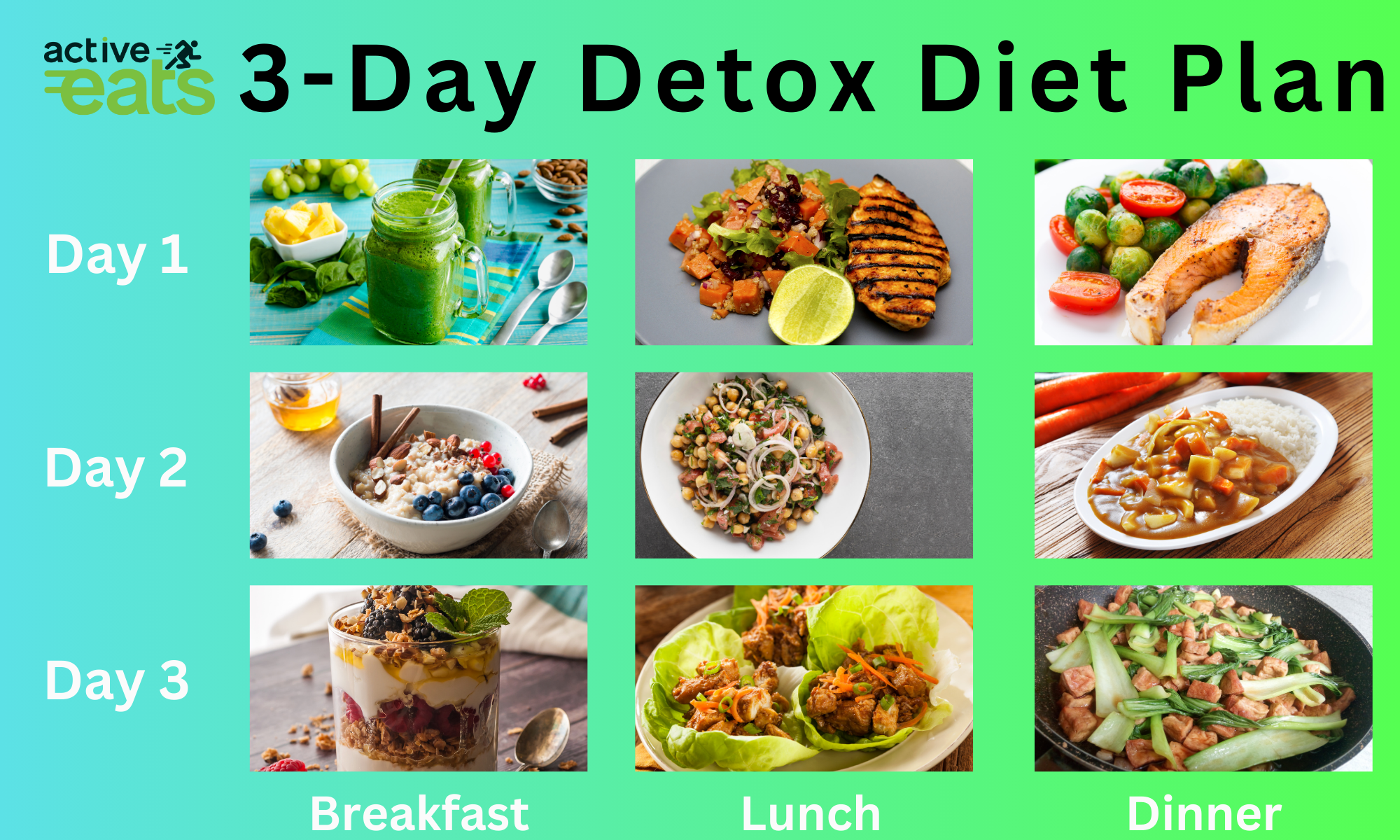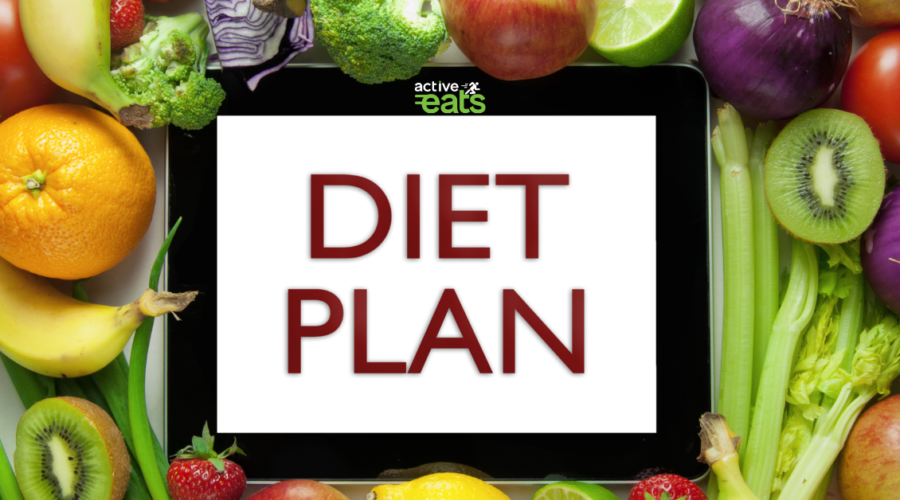Unlocking the Secrets: A Comprehensive Guide to the Most Popular Diet Plans in 2024
Welcome to our blog post all about diet plans! Whether you’re looking to lose weight, gain healthy weight, or simply improve your nutrition, we’ve got you covered. In this post, we’ll explore various types of diet plans and provide valuable information and tips on how to implement them successfully. Also, we will discuss how you can too make your own customized diet plan according to your goals. Let’s dive in and discover the right diet plan for you!
Weight loss Diet Plans

Losing weight requires a well-balanced diet plan that focuses on consuming fewer calories than you burn. This can be achieved by incorporating a variety of nutritious foods in your meals and avoiding excessive intake of sugary and processed foods.
Creating a calorie deficit is the most crucial step for weight loss. This means consuming fewer calories than your body needs to maintain its current weight. By carefully tracking your calorie intake and making smart food choices, you can achieve a calorie deficit and start shedding those extra pounds.
A sustainable weight loss diet plan should focus on long-term changes rather than quick fixes. To achieve this, you can design a 1-month diet plan that includes a variety of healthy foods, portion control, regular exercise, and adequate hydration. Remember, consistency is key for successful weight loss.
Weight Gain Diet Plans
Are you looking to gain healthy weight? A well-planned diet can help you achieve your weight gain goals. Here are some key points to consider when creating a weight gain diet plan:
- Gaining weight in a healthy way requires consuming a surplus of calories. Start by determining your daily calorie needs based on your activity level, age, and gender. Aim for a gradual weight gain of 1-2 pounds per week.
- To gain weight, you need to consume more calories than you burn. Focus on consuming nutrient-dense foods that provide both calories and essential nutrients. Include foods like lean proteins, healthy fats, whole grains, and fruits and vegetables in your diet.
Here’s a sample 7-day weight gain diet plan to help you get started:

Remember to adjust the portion sizes according to your calorie needs and consult with a dietitian or nutritionist for personalized guidance.
Calorie Deficiency or Calorie Deficit Diet Plans
Calorie deficiency refers to consuming fewer calories than your body needs to maintain its current weight. By creating a calorie deficit, your body is forced to tap into its stored fat for energy, leading to weight loss.
To calculate your calorie intake, determine your basal metabolic rate (BMR) and then subtract a certain amount to create a deficit. Tracking your calorie intake can be done through journaling or using smartphone apps that provide calorie information. Consistency is key for effective calorie deficiency.
When creating a calorie deficiency diet plan, it’s important to prioritize nutrient-rich foods that provide satiety and nourishment. Include plenty of fruits, vegetables, lean proteins, and whole grains. Avoid crash diets or excessively low-calorie diets, as they can be unsustainable and lead to nutrient deficiencies.
Vertical Diet Plans
This new trendy diet plan aimed at athletes, bodybuilders, and strength athletes to optimize performance, support muscle growth, and improve overall health. The diet emphasizes simplicity and focuses on high-quality nutrient dense foods that provide the necessary fuel for your body.

Implementing a Vertical Diet Plans for Improved Performance
Vertical diet plan focuses on high-quality sources of protein, such as lean meats (beef, poultry, fish), eggs, and dairy products. Red meat, particularly lean cuts like steak, is a significant component of the diet. Also, a wide variety of colorful vegetables and fruits should also be consumed for their micronutrient content. Additionally, yogurt and milk can be part of the diet to provide additional protein and calcium along with healthy fat foods like avocados, nuts, and olive oil.
Some supplements like vitamin D, magnesium, and fish oil are often recommended as necessary to fill potential nutritional gaps along with proper water intake or use of electrolyte drinks for rehydration.
The vertical diet plan is an effective way to improve overall health and performance by focusing on nutrient-dense foods. By implementing this plan, you can fuel your body with the necessary nutrients and optimize your diet for better results.
Low Carb Diet Plans
Reducing carbohydrate intake can help promote weight loss by causing the body to burn stored fat for fuel. Low carb diets can also lead to a decrease in appetite and cravings, making it easier to stick to the plan.
Delicious low carb recipe ideas for a satisfying meal plan:

How to overcome challenges and maintain a low carb diet successfully:
- Stay hydrated and drink plenty of water.
- Focus on incorporating healthy fats and proteins into your meals.
- Gradually reduce carbohydrate intake to avoid drastic changes that could lead to cravings.
Mediterranean Diet Plans
Explore the health benefits of a Mediterranean diet plan. The Mediterranean diet is inspired by the eating habits of people living in countries bordering the Mediterranean Sea. It is known for its emphasis on whole foods, fresh produce, lean proteins, and healthy fats.
Delicious Mediterranean recipes to incorporate into your diet:

Tips on how to adopt and stick to a Mediterranean diet plan:
- Incorporate plenty of fruits, vegetables, and whole grains into your meals.
- Choose olive oil as your main source of fat and limit saturated fats.
- Include moderate amounts of lean proteins such as fish, poultry, and legumes.
- Enjoy nuts, seeds, and avocados as sources of healthy fats.
- Minimize processed foods, sugary snacks, and beverages.
By following a Mediterranean diet plan, you can enjoy a variety of delicious and nutritious meals while promoting heart health, reducing the risk of chronic diseases, and maintaining a healthy weight.
Free Diet Plans
When it comes to creating a diet plan, you don’t have to break the bank. With a little bit of effort and knowledge, you can create a personalized and effective free diet plan.

You can also create your own diet plan in few minutes. Just remember the following points:
- Start by examining your current eating habits and identifying areas where you can make healthier choices. Consider your nutritional needs and goals, and tailor your free diet plan accordingly. Focus on consuming whole, nutrient-dense foods that will fuel your body.
- A balanced diet is crucial for overall health and well-being. Ensure that your free diet plan includes a variety of food groups, including fruits, vegetables, whole grains, lean proteins, and healthy fats. This will provide your body with the necessary nutrients to function optimally.
Here’s a sample 3-day detox diet plan that you can follow for free:

Remember, this is just a sample plan. Feel free to customize it based on your preferences and dietary needs.
Creating a free diet plan doesn’t have to be complicated. By making smart food choices and focusing on whole, nutritious ingredients, you can achieve your health and fitness goals without spending a fortune.
High Fiber Diet Plan
When it comes to maintaining a healthy digestive system, a high fiber diet plan is key. Fiber is essential for promoting regular bowel movements and preventing constipation. It also helps to keep you feeling fuller for longer, making it beneficial for weight management. Here are some tips on how to create a high fiber diet plan for optimal nutrition:
Understanding the benefits of a high fiber diet plan: A high fiber diet can help to lower cholesterol levels, regulate blood sugar levels, and reduce the risk of heart disease, stroke, and certain types of cancer. It also aids in maintaining a healthy weight.
How to create a high fiber diet plan:
- Start by gradually increasing your fiber intake and drinking plenty of water to prevent bloating.
- Aim to consume at least 25 grams of fiber per day for women and 38 grams for men.
- Include a variety of high fiber foods in your meals and snacks throughout the day.
Remember, it’s important to listen to your body and adjust your high fiber diet plan according to your individual needs. Consult with a healthcare professional or registered dietitian to ensure you are getting the right amount of fiber and meeting your nutritional requirements.
“Fiber is essential for promoting regular bowel movements and preventing constipation.”
By following a high fiber diet plan, you can improve your digestive health and reap the numerous benefits it offers. Embrace a fiber-rich lifestyle and enjoy the positive impact it can have on your overall well-being.
Conclusion
In conclusion, having a well-balanced diet plan is crucial for both weight loss and weight gain goals. Whether you are aiming to shed those extra pounds or to build muscle and gain healthy weight, understanding the concept of calorie deficit or surplus is essential. By creating a sustainable diet plan and incorporating nutrient-dense foods, you can achieve long-term success.
Additionally, exploring different diet plans such as the vertical diet, low carb diet, and Mediterranean diet can provide various health benefits and delicious recipe options. Remember to personalize your diet plan according to your specific goals and preferences.
Lastly, it’s important to take advantage of the free diet plans available, which can help you achieve your desired results without breaking the bank. From a sample 3-day detox plan to a high fiber diet plan, there are plenty of options to choose from.
Overall, finding the right diet plan and sticking to it can lead to improved health, increased energy levels, and a more fulfilling lifestyle. Start your journey today and see the positive changes that a well-designed diet plan can bring.


Most Beneficial and Healthy Herbs and Spices | Coach Active Eats
[…] Rich in antioxidants, oregano is a versatile herb that pairs well with Mediterranean and Italian dishes. It may also have antimicrobial properties and aid in […]